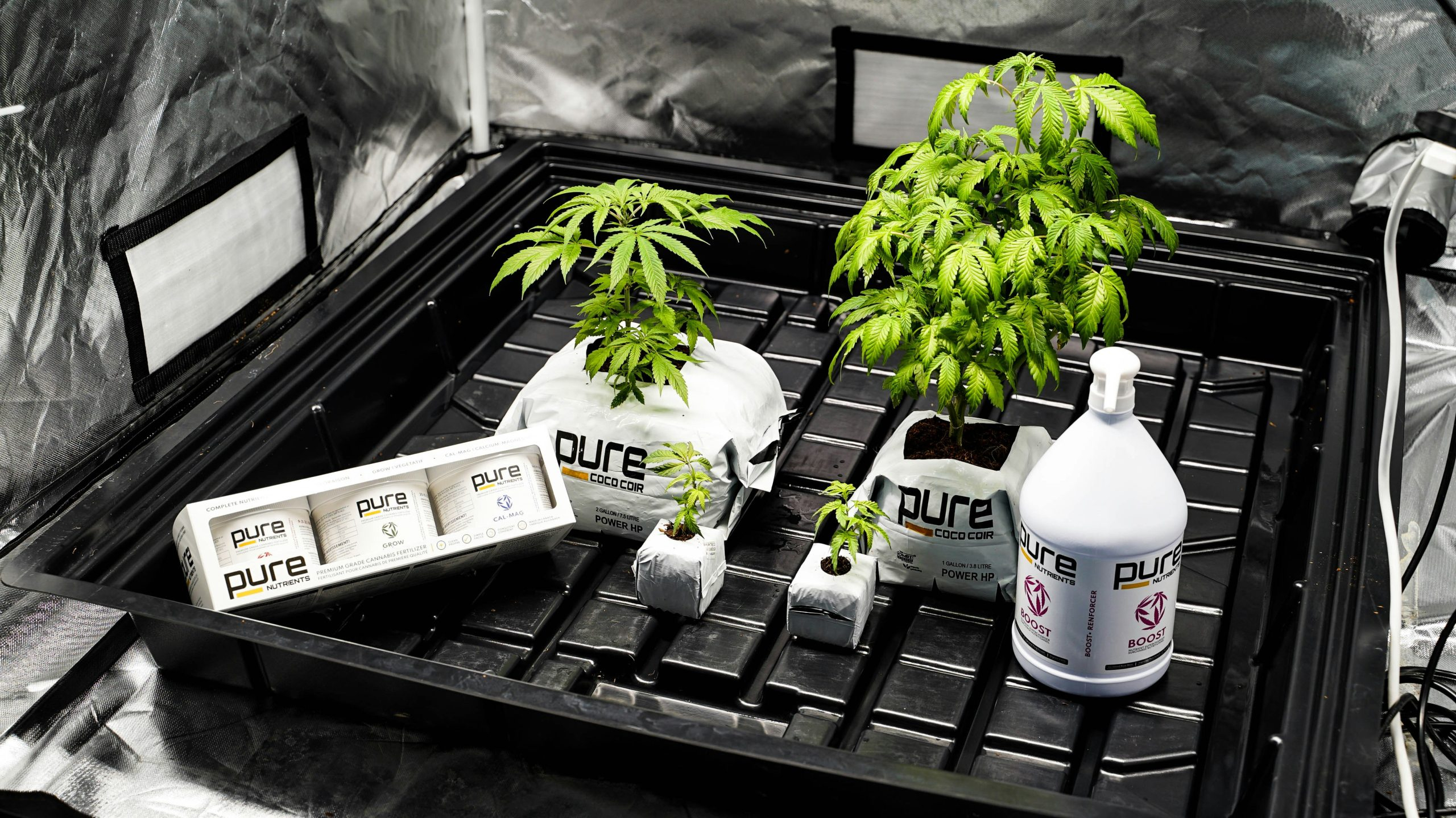Crash Test Technologies Saving Lives on Roads
Safety on the roads has always been a global concern, and as more cars are added to our roads every day, the risks of accidents and fatalities increase. According to the World Health Organization, approximately 1.35 million people die each year as a result of road traffic crashes, with an additional 20-50 million people sustaining non-fatal injuries. Therefore, it is crucial to continually improve safety measures to reduce the number of accidents and save lives. One significant advancement in this area is the development and implementation of crash test technologies. These technologies play a pivotal role in ensuring the safety of drivers, passengers, and pedestrians on our roads. Let’s explore how crash test technologies are making a difference in saving lives on roads.
The Evolution of Crash Test Technologies
The use of crash test technologies has come a long way since its inception in the 1930s. Initially, crash tests were carried out on human volunteers, but this method proved to be both dangerous and unreliable. With the development of safety dummies in the 1960s, crash tests became more accurate and allowed researchers to collect more data on the impact of crashes on the human body. As technology continued to evolve, so did crash test technologies. Today, we have advanced systems that can simulate real-life scenarios and provide detailed information on the safety of vehicles and their components.
Types of Crash Test Technologies
There are various types of crash test technologies used in the automotive industry, each serving a specific purpose. These include:
Frontal Impact Tests
Frontal impact tests are designed to replicate a collision between two vehicles moving in opposite directions. This type of test assesses the vehicle’s structural integrity, airbag deployment, and seatbelt effectiveness. The results from this test help manufacturers make improvements to the vehicle’s design to ensure it can withstand high-speed collisions and protect occupants.
Side Impact Tests
Side impact tests simulate a vehicle being struck on the side by another vehicle or a stationary object. These tests determine whether the vehicle’s side panels, pillars, and doors can protect occupants from severe injuries. Results from these tests have led to the development of side airbags and reinforced side panels in vehicles.
Rollover Tests
Rollover tests are conducted to assess a vehicle’s stability and occupant protection in the event of a rollover. These tests involve tipping a car at varying angles to simulate different rollover scenarios. As a result, manufacturers have improved vehicle design by incorporating roll bars and stronger roofs to reduce the risk of injuries.
Pedestrian Protection Tests
As the number of pedestrian fatalities in road accidents continues to rise, pedestrian protection tests have become a vital aspect of crash testing. These tests evaluate a vehicle’s front design and the effectiveness of external sensors and warning systems in detecting pedestrians. Results from these tests have prompted car manufacturers to make improvements such as pedestrian-friendly bumpers and enhanced braking systems.
How Crash Test Technologies Save Lives
The primary goal of crash test technologies is to provide valuable data and insights that can help improve vehicle safety. Here’s how these advancements are saving lives on roads:
Improvement in Vehicle Design
The most significant impact of crash test technologies is the improvements made in vehicle design. Car manufacturers now have a better understanding of how different components and materials behave in a crash, allowing them to make design modifications that ensure enhanced safety for occupants.
Evaluation of Safety Features
Crash test technologies have also enabled manufacturers to test and evaluate the effectiveness of various safety features in vehicles. This includes airbags, seatbelts, and advanced driver assistance systems. As a result, we have seen a significant improvement in the design and implementation of these features, making vehicles safer for drivers and passengers.
Identifying Design Flaws
Crash test technologies also play a crucial role in identifying potential design flaws in vehicles. By simulating real-life accident scenarios, these tests can expose weaknesses in a car’s structure and safety features, prompting manufacturers to make improvements that could save lives.
Encouraging Innovation
The constant evolution of crash test technologies has also pushed car manufacturers to come up with innovative solutions to enhance vehicle safety. As competition increases, manufacturers are continuously striving to improve their vehicles’ safety ratings, ultimately benefiting consumers.
Conclusion
Crash test technologies have undoubtedly played a significant role in improving road safety and reducing accidents and fatalities. With continued advancements in this field, we can expect even more significant improvements in vehicle safety and the overall driving experience. These technologies are not only saving lives but also pushing the automotive industry towards continuous innovation and improvement, making our roads safer for everyone.







